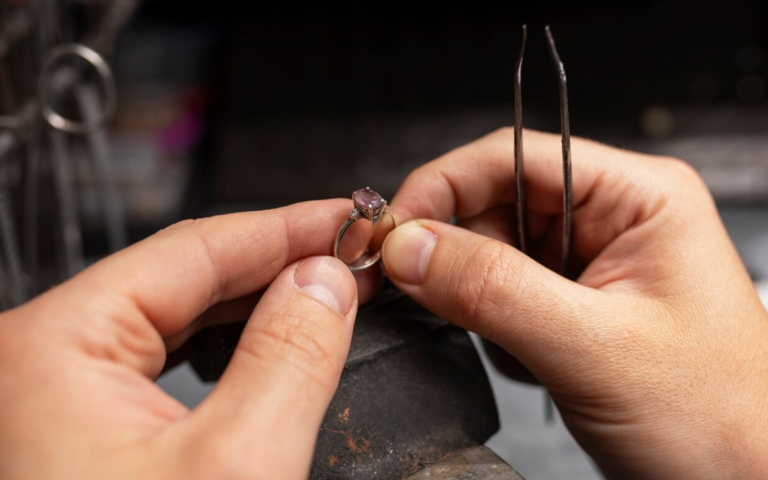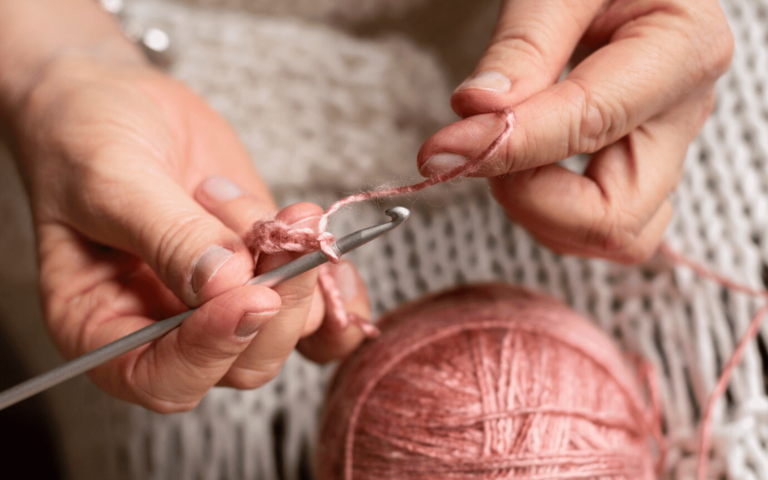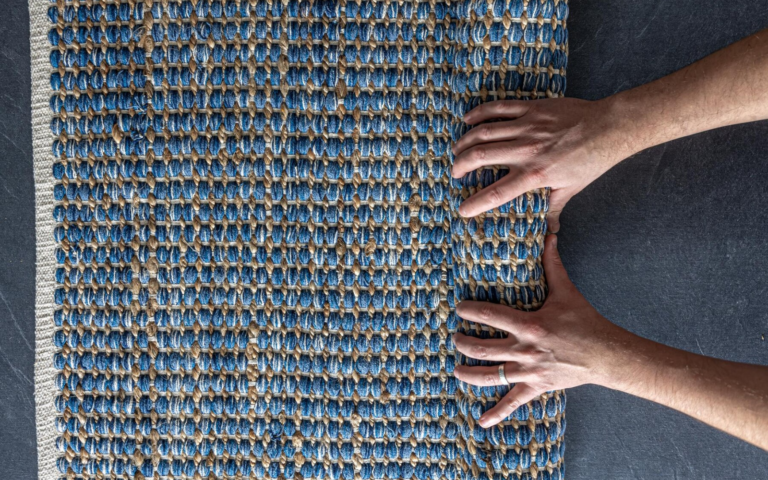Classic Art Inspirations in Craftsmanship
Classic art has long served as a wellspring of inspiration for artisans across various mediums. This article delves into the profound influence of classic art on modern craftsmanship, analyzing how timeless aesthetics and techniques continue to shape contemporary artistic practices. From the intricacy of textile patterns to the bold lines of architectural design, classic art provides an endless repository of ideas for today’s craftsmen and designers. The relationship between classic art and craftsmanship is not just a study of influence but also an ongoing dialogue between past and present. Each era of art, from the Renaissance to Baroque, has left an indelible mark on the crafts that followed, forging a path that contemporary artisans continue to tread. This article will guide you through this rich historical journey, highlighting key moments and figures that have bridged the gap between classic art and modern craftsmanship.
Historical Perspective of Classic Art Inspirations Craftsmanship
The influence of classic art on craftsmanship dates back centuries, with each era contributing uniquely to the development of various crafts. From the detailed frescoes of the Renaissance to the ornate embellishments of the Baroque period, each style left its mark on the craftsmanship of its time. Throughout history, several key figures and movements have played pivotal roles in blending classic art with craftsmanship. Artists like Leonardo da Vinci and Michelangelo not only created timeless artworks but also inspired generations of craftsmen. Similarly, movements such as the Arts and Crafts Movement in the 19th century explicitly sought to reconnect fine art with applied arts, emphasizing the aesthetic and social value of handcrafted items.
Certain artistic techniques originating in classic art have transcended time, continually finding expression in modern craftsmanship. Techniques such as chiaroscuro, used by painters for creating depth and contrast, have been adapted by craftsmen in various fields, including woodwork and metalwork. This section delves into how these timeless techniques have been adapted and preserved in contemporary crafts. The lasting impact of classic art on craftsmanship is undeniable. It has given rise to a rich heritage of artisanal techniques and styles that continue to be celebrated and practiced today. This legacy is not just a historical curiosity but a living tradition that continues to evolve, blending the old with the new in a constant cycle of creative rebirth.
Classic Art Inspirations Craftsmanship in Textile and Weaving
Textile and weaving have long been influenced by classic art, with patterns and techniques passed down through generations. From the intricate tapestries of the Middle Ages to the ornate fabrics of the Renaissance, classic art has significantly shaped the way textiles are designed and produced. A notable example of classic art inspirations in modern weaving is Ethnicloom, founded by Elif Gönensay. By integrating traditional weaving techniques with contemporary design sensibilities, Ethnicloom represents a seamless fusion of past and present. The brand’s unique weaves and accessories not only celebrate the craftsmanship of Anatolian artisans but also bring classic art patterns to life in luxurious, modern textiles.
In the realm of textiles, modern craftsmen are constantly finding innovative ways to interpret classic art inspirations. Techniques such as hand-dyeing, block printing, and embroidery, rooted in historical artistic practices, are being reimagined to create contemporary pieces that resonate with the aesthetics of classic art. This section highlights how these traditional techniques are being reinterpreted in the modern age. Textile and weaving stand out in the world of craftsmanship for their tactile quality, offering a sensory connection to the classic art that inspires them. This section delves into the emotional resonance of textiles influenced by classic art, analyzing how the tactile experience of these materials creates a deeper appreciation for both the craft and the art that inspired it.
The Role of Ceramics in Classic Art Inspirations Craftsmanship
Ceramics have long been a canvas for classic art inspirations, with techniques and styles evolving over centuries. From the delicate porcelain of ancient China to the robust earthenware of the Mediterranean, classic art has profoundly influenced ceramic craftsmanship. Two notable figures in the world of ceramic art are Auguste Delaherche and Jean-Joseph Carriès. Delaherche, known for his minimalist style and beautiful glazes, was deeply influenced by Asian ceramics, while Carriès achieved prominence with his Gothic-inspired sculptural ceramics. This section examines their contributions to the field and how they incorporated classic art elements into their work.
Contemporary ceramic artists continue to draw inspiration from classic art, using it to inform their techniques, styles, and thematic choices. Whether it’s the use of classical motifs in decorative pieces or the adaptation of ancient glazing techniques, the influence of classic art is evident in modern ceramic craftsmanship. This section showcases examples of how contemporary ceramists are incorporating classic art inspirations into their work. The evolution of ceramic techniques, influenced by classic art, represents a fascinating aspect of the craft’s history. Techniques such as wheel throwing, slip casting, and hand-building have roots in ancient artistic traditions but have been adapted to suit modern aesthetics and functionalities. This section delves into how these traditional techniques have evolved, influenced by classic art inspirations.
Classic Art Inspirations Craftsmanship in Architecture
The influence of classic art on architecture is profound, with many architectural styles borrowing elements from various art movements. From the ornate flourishes of Baroque architecture to the clean lines of Neoclassicism, classic art has significantly shaped the world of architectural design. A prime example of classic art inspirations in architecture is the Arts and Crafts movement. Characterized by its emphasis on craftsmanship, natural materials, and simplicity, this movement was a direct response to the industrialization of the 19th century. Buildings like the Robert R. Blacker House and the Horniman Museum exemplify how classic art inspirations have been manifested in architectural design.
Modern architects continue to draw inspiration from classic art, often blending traditional elements with contemporary design principles. This fusion creates unique and innovative architectural designs that pay homage to the past while embracing the future. This section highlights contemporary architectural projects that successfully incorporate classic art inspirations. Despite the passage of time and the advent of modern architectural trends, the appeal of classical architecture remains strong. Its principles of symmetry, proportion, and harmony continue to influence contemporary architectural design. This section discusses why classic art inspirations remain relevant in modern architecture and how they continue to shape the built environment.
Classic Art Inspirations Craftsmanship in Furniture Design
Furniture design has been one of Maximum direct beneficiaries of classic art inspirations. From the intricate marquetry of the Renaissance to the ornamental designs of the Rococo period, classic art has left an indelible mark on furniture craftsmanship. Modern furniture designers continue to draw inspiration from classic art, reinterpreting traditional styles with a contemporary twist. Whether it’s through the use of modern materials or innovative construction techniques, these designers are keeping the spirit of classic art alive in their creations. This section showcases examples of contemporary furniture pieces that embody classic art inspirations.
Craftsmanship plays a role in furniture design, especially when it comes to incorporating classic art inspirations. The attention to detail, the quality of materials, and the skill of the artisan all contribute to the final product’s aesthetic appeal. This section delves into the importance of craftsmanship in furniture design and how it enhances the influence of classic art. Furniture design, inspired by classic art, transcends its functional role to become a form of art itself. Such pieces not only serve practical purposes but also act as artistic expressions, bringing the beauty and elegance of classic art into everyday spaces. This section discusses how furniture can be both functional and a form of artistic expression, inspired by classic art.
The Interplay of Classic Art and Modern Techniques in Craftsmanship
The interplay of classic art and modern techniques in craftsmanship represents a dynamic and evolving field. Artisans today are not only preserving traditional techniques but also innovating to create new expressions of classic art. Several artists stand out for their ability to merge classic art inspirations with modern techniques. Their work exemplifies the creative potential of this fusion, offering fresh perspectives on traditional crafts. This section profiles these pioneering artists and their contributions to the field of craftsmanship.
Technology has had a significant impact on how classic art inspirations are interpreted in modern craftsmanship. From computer-aided design to 3D printing, technological advancements have opened up new possibilities for artisans. This section examines the role of technology in modern craftsmanship and how it is used to reinterpret classic art inspirations. While embracing modern techniques, it is essential to preserve the traditional essence of crafts inspired by classic art. This balance ensures that the heritage and history of these crafts are maintained, even as they evolve to meet contemporary demands. This section discusses the importance of preserving tradition in modern craftsmanship, even as new techniques and materials are introduced.
Sustainability and Classic Art Inspirations Craftsmanship
Sustainability has become an increasingly important aspect of craftsmanship, particularly in works inspired by classic art. Artisans are consciously choosing eco-friendly materials and methods, ensuring that their crafts are not only beautiful but also environmentally responsible. Classic art inspirations in craftsmanship often go hand in hand with sustainable practices. The appreciation for quality, durability, and timeless design inherent in classic art encourages a more sustainable approach to crafting. This section examines how the principles of classic art can serve as a catalyst for sustainable craftsmanship.
Several artisans and companies exemplify the synergy between classic art inspirations and sustainable practices. Through their work, they demonstrate how sustainability can be integrated seamlessly into crafts that draw on classic art. This section presents case studies of these artisans and their sustainable art-craft practices. The future of craftsmanship, particularly with classic art inspirations, looks promising in the context of sustainability. As awareness and demand for eco-friendly products grow, more artisans are likely to adopt sustainable practices. This section discusses the potential future developments in sustainable craftsmanship influenced by classic art.
Classic Art Inspirations Craftsmanship in Glass and Metal Works
Glass and metal works have a long-standing association with classic art, serving as mediums for exquisite artistic expressions. From the stained glass windows of Gothic cathedrals to the intricate metalwork of the Renaissance, these materials have been central to the manifestation of classic art in tangible forms. Contemporary artists and craftsmen in glass and metal continue to draw inspiration from classic art, creating works that are both innovative and reflective of traditional aesthetics. This section highlights the work of modern masters in these mediums, showcasing how they incorporate classic art inspirations into their creations.
The craft of glass and metal work in the modern world is marked by a blend of traditional techniques and contemporary designs. From artisanal workshops to large-scale installations, these crafts continue to evolve, influenced by classic art. This section discusses the current state of glass and metal craftsmanship and its relationship with classic art inspirations. Glass and metal works, inspired by classic art, are not just aesthetically pleasing but also serve functional purposes. Whether it’s a decorative metal sculpture or a functional glass piece, the combination of form and function is a hallmark of these crafts. This section delves into the aesthetic and functional aspects of glass and metal works influenced by classic art.
Educational Impact of Classic Art Inspirations Craftsmanship
The incorporation of classic art inspirations in craft education is for preserving these artistic traditions. Educational institutions play a key role in imparting knowledge about the historical and aesthetic significance of classic art in craftsmanship. Educational programs focused on classic art inspirations are essential for nurturing the next generation of craftsmen. By exposing students to the rich history and techniques of classic art, these programs help to cultivate an appreciation and understanding of traditional crafts. This section discusses how educational institutions are shaping the future of craftsmanship through educational initiatives and training programs.
Educational initiatives in classic art inspirations craftsmanship serve as a bridge between the past and the future. By combining historical knowledge with contemporary applications, these programs ensure that the rich heritage of classic art continues to influence modern craftsmanship. This section examines the ways in which educational programs are integrating classic art into modern craft practices. Artisans and educators play a pivotal role in keeping the spirit of classic art alive in modern craftsmanship. Their dedication to teaching and preserving traditional techniques, while incorporating contemporary ideas, is for the continuation of these art forms. This section celebrates the contributions of artisans and educators in the field of classic art inspirations craftsmanship.
Classic Art Inspirations Craftsmanship in the Digital Age
The digital age has brought a new dimension to classic art inspirations in craftsmanship. Digital tools and technologies have opened up innovative ways to analyze and execute classic art-inspired designs. This section discusses the impact of digital technology on classic art-inspired craftsmanship, including the use of digital fabrication and design software. Several artisans and companies are leading the way in integrating digital technology with classic art inspirations. Their work demonstrates how digital tools can enhance traditional craftsmanship, bringing a new level of precision and creativity. This section presents case studies of these pioneers and their groundbreaking work. While digital technology offers new possibilities, balancing it with traditional craftsmanship is essential. The future of classic art inspirations craftsmanship in the digital age looks promising. As technology continues to evolve, it will offer even more opportunities for artisans to experiment and innovate. This section speculates on the potential future developments in this field and how technology will continue to shape the world of craftsmanship.
Integration of Classic Art Inspirations in Jewelry Design
In the realm of jewelry design, the infusion of classic art inspirations is not merely a nod to historical aesthetics but a deep-rooted tradition that enriches contemporary creations with timeless elegance and profound meaning. This intersection of old and new worlds is evident in the way today’s artisans incorporate motifs, techniques, and philosophies from classic art, seamlessly blending them with modern sensibilities and materials. A striking aspect of this integration is the use of iconic imagery from the Renaissance and Baroque periods, which are often characterized by their intricate details and rich symbolism. These elements are reimagined in modern pieces to evoke a sense of heritage and continuity.
Furthermore, the influence of classic sculptures can be seen in the sculptural qualities of contemporary jewelry pieces. Designers often emulate the three-dimensional forms and fluid lines seen in works from ancient Greece and Rome, transforming gold, silver, and precious stones into miniature wearable sculptures. This approach not only pays homage to the skill and creativity of the past but also pushes the boundaries of what can be achieved in jewelry design today. Techniques such as lost-wax casting and hand-forging are revisited and refined to ensure that each piece is both a tribute to the past and a celebration of modern craftsmanship.
In addition to aesthetic and technical influences, the philosophical underpinnings of classic art also permeate modern jewelry designs. The emphasis on balance, proportion, and harmony, principles that were paramount in classical art, are equally significant in contemporary jewelry making. Designers strive to achieve a perfect equilibrium between form and function, ensuring that each piece is not only beautiful but also comfortable and wearable. This philosophical continuity between the ages underscores a universal quest for beauty and excellence in art, making each jewelry piece a testament to enduring human values.
Moreover, the revival of enameling techniques, which have their roots in the Byzantine era, adds another layer of classic influence to modern jewelry. Enameling allows for the creation of vibrant colors and intricate patterns that mimic the lush, detailed paintings of times gone by. These techniques, when applied with a contemporary twist, enable jewelers to produce pieces that are rich in history yet novel in appearance.
The use of gemstones also reflects classical influences, as historical settings and cutting styles are adapted to enhance the natural beauty of stones in contemporary designs. The careful selection and placement of gemstones not only draw on the regal and mystical attributes that these stones held in ancient times but also cater to modern tastes and technologies. This blend of tradition and innovation ensures that each piece of jewelry is not just an accessory but a bridge between eras, carrying the legacy of classic art into everyday life.
Ultimately, the integration of classic art inspirations in jewelry design is a testament to the enduring appeal and relevance of historical art forms in today’s creative industries. It highlights a collective reverence for the past and a continuous pursuit of beauty that transcends time. Each piece of jewelry, enriched with elements from classic art, serves as a symbol of both respect for historical craftsmanship and a forward-looking vision, making it a cherished possession that holds both aesthetic and sentimental value.
This harmonious blend of historical reverence and contemporary innovation in jewelry design not only enhances the visual appeal of the pieces but also deepens the emotional and cultural connection they forge with their wearers. It is a celebration of human creativity and the timeless desire to adorn ourselves with works of art that tell stories of our rich artistic heritage while echoing the trends and technologies of the present day. In this way, classic art continues to inspire, influence, and inform the field of jewelry design, proving that true artistry is indeed timeless.
Outcome: The Future of Classic Art Inspirations Craftsmanship
As we conclude this analysis of classic art inspirations in craftsmanship, it’s clear that the interplay between the past and present is both dynamic and fruitful. The journey through various mediums and eras demonstrates the enduring appeal and influence of classic art in the world of craftsmanship. The legacy of classic art in modern craftsmanship is not just about preserving the past; it’s about embracing it as a source of inspiration for future creations. By continuing to draw from this rich well of artistic heritage, craftsmen ensure that the legacy of classic art remains vibrant and relevant.
The future of classic art inspirations in craftsmanship is bright, with endless possibilities for innovation and creativity. As new technologies emerge and societal values evolve, the way classic art influences craftsmanship will undoubtedly change, leading to exciting new expressions and forms. Ultimately, the connection between classic art and craftsmanship is timeless. It transcends eras and mediums, continuously inspiring artisans to create works that are both a tribute to the past and a vision for the future. As we look forward, it’s this enduring connection that will continue to shape the world of craftsmanship, bridging history with the modern world.
See More At: woolen8wonders.com







